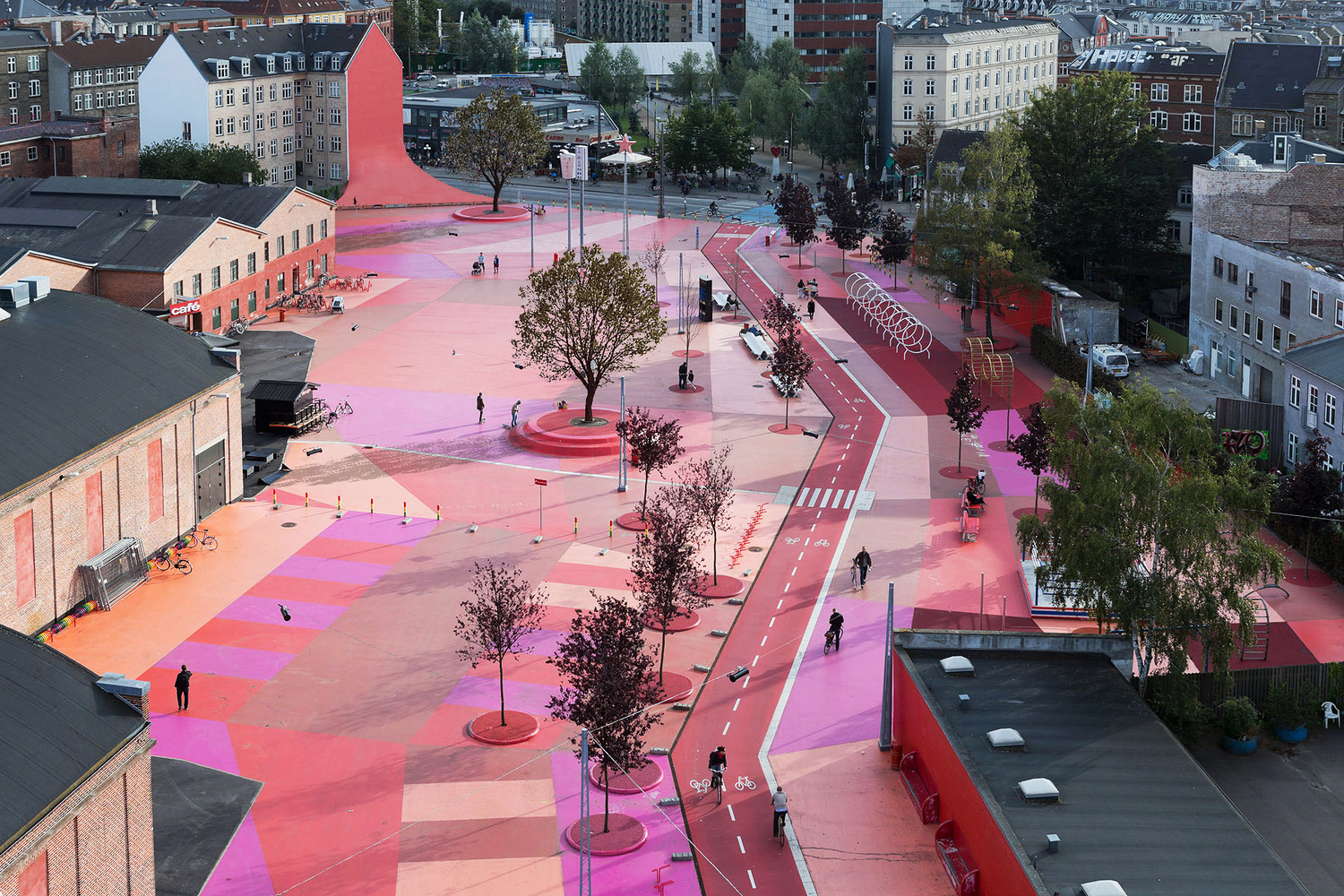Intersectional Design: Rethinking Architecture for the Future
Design stems from nuance, empathy, and understanding. The best solutions address the needs, identities, and context of a client and place. A designer’s response needs to be informed by these different realities. Intersectional Design is a method of designing by thinking through how factors of identity (gender, race, sexuality, class, and many more) interact with one another. In understanding how these factors combine, we can more deeply understand the context of use and an individual user’s priorities.
Intersectionality is a term coined by Kimberlé Williams Crenshaw that recognizes individuals may face multiple and intersecting forms of structural discrimination. By incorporating different communities’ experiences with culture, policies, and design, we can create more inclusive and equitable environments. There are many resources available to help navigate the process itself. These include outreach and consultation with key groups through toolkits like Joanna Simpson’s Guide to Applying Intersectionality, as well as inclusive policies, representation, and training. Intersectional Design is grounded in a willingness to learn and self-examine a designer’s own biases.
 Picture: Unknown
Picture: Unknown
Comments :